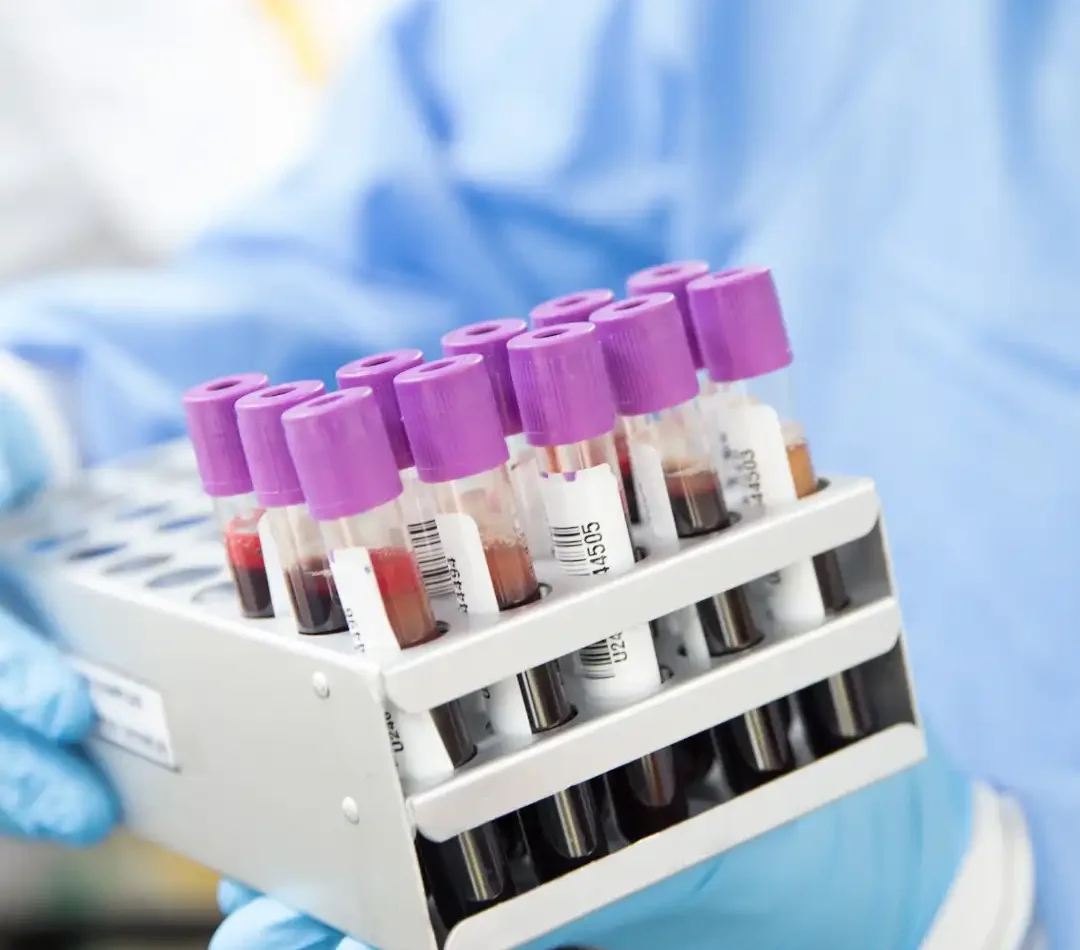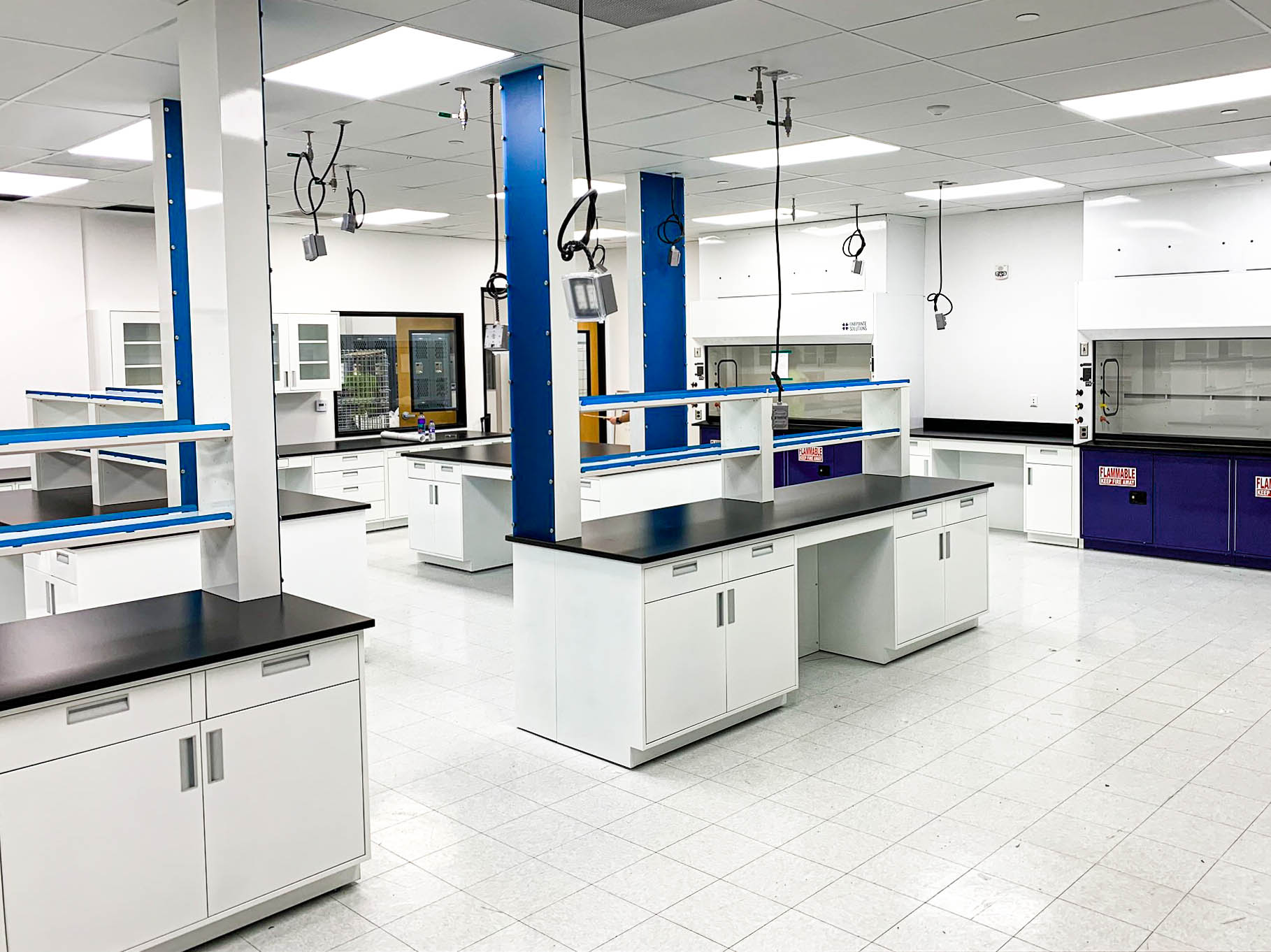

Lab design workflow – All modern and well-designed laboratories should have smooth workflows for new scientific discovery. But reality often uncovers the unfortunate stops and starts or workflow bottlenecks. These pain points indicate where your lab’s processes slow down or get stuck silently sabotage productivity, increase turnaround times, and hinder scientific progress.
Identifying and understanding these bottlenecks is the crucial first step in creating a more efficient and effective lab design workflow in virtually any laboratory setting. Yet, where do these obstacles normally happen? In this guide we will uncover some common gridlocks.
Sample Reception and Preparation Pile-Up

Although not top of mind, imagine your lab’s entry point or way. Is there a dedicated, well-organized are for receiving and preparing samples. Bottlenecks happen because of the following:
- Inadequate space: A small receiving areas become overwhelmed easily, delaying logging, labeling, and initial processing.
- Lack of clear protocols: Without standardized procedures for sample handling, inconsistent processing leads to confusion and later errors.
- Manual data entry: Manually logging and data entry is time consuming and introduces transcription errors, creating a backlog before experiments begin.
Consequently, these delays cascade through the entire lab, impacting downstream processes and increasing turnaround times.
Equipment Availability Waiting Game
Complex laboratory equipment drives modern research. However, poor scheduling can create unfortunate bottlenecks:
- Insufficient instrumentation: If the number of samples or analyses exceeds your key instruments’ capacity, researchers inevitably face waiting times.
- Lack of a centralized scheduling system: Without a clear and accessible system for booking equipment, conflicts and inefficient usage occur.
- Poor maintenance schedules: Unexpected equipment downtime due to inadequate maintenance brings entire workflows to a standstill.
The end result? Lab personnel lose valuable time waiting for equipment, slowing down experiments and potentially missing critical windows for analysis.
Data Analysis and Reporting
Generating data is only half the battle. Transforming that raw information into meaningful insights and reports create a bottleneck as well:
- Manual data processing: Heavily relying on manual data entry, manipulation, and analysis consumes time and invites errors.
- Lack of integrated software: When data from different instruments and experiments doesn’t easily integrate, researchers spend significant time consolidating information.
- Insufficient data analysis expertise: If the lab lacks personnel with the necessary bioinformatics or statistical skills, data analysis becomes a major holdup.
Consequently, delays in data analysis prevent timely interpretation of results and slow down the dissemination of findings in lab workflows.
Physical Layout and Movement Maze
Laboratories physical layouts can foster ideal workflows or encourage unforeseen obstacles. Optimizing the lab design workflow requires consideration of:
- Proximity of lab worktables and stations: Frequent movement among researchers for tasks wastes precious time.
- Tight passageways and congested areas: Narrow walkways and overcrowded lab benches obstruct the movement of personnel, samples, and equipment.
- Poor lab cabinet storage: Cluttered lab benchtops and disorganized storage make finding materials difficult and impede efficient work.
Therefore, unnecessary movement within the laboratory wastes time, increases the risk of accidents, and creates a frustrating work environment.

Breaking Through the Barriers:
Knowing and understanding where bottlenecks happen is the first step towards creating a lab that promotes seamless workflow. By carefully considering the movement of samples, data, and personnel, and by implementing solutions like optimized laboratory designs, integrated technology, and clear protocols, you can stop the gridlock before it happens.
Need help Designing a Laboratory?
Don’t let lab design workflow bottlenecks hurt your lab. At OnePointe Solutions, we understand the complexities of creating efficient and functional lab spaces. Depending on your project stage, we can connect you with our network of skilled architects and contractors who specialize in laboratory design. Let us help you build the ideal lab, avoiding the pitfalls we’ve outlined. Contact us to learn more!


